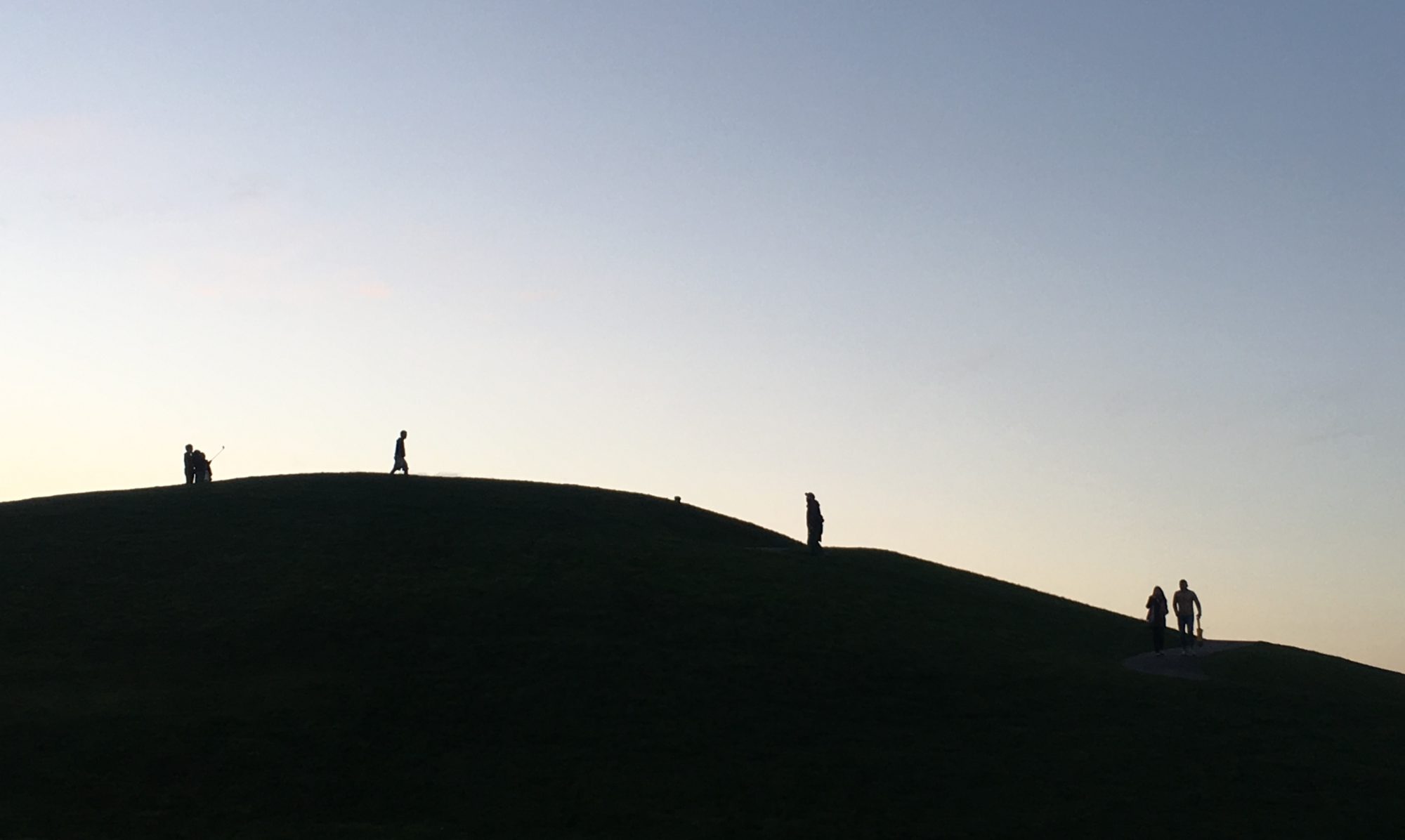Thirty years ago, I helped to run local election campaigns for the Labour Party in Hackney, the London borough where I still live. There were no large sums of money involved and the technology deployed was very basic, principally pencils and sheets of paper on which were printed names and addresses. Mostly the campaign was legwork, going door-to-door in the early evenings and at the weekends, speaking to potential voters, identifying those whom you judged most likely to support your party, and then persuading these good citizens to come out on polling day and mark their ballot papers for your candidates. Turnout in London local elections is generally below half of the eligible electorate. Boroughs are divided up into around twenty wards, and in mine, which had three Councillors, to get elected you needed around 1,000 to 1,200 votes. Local politics can be just as hotly contested as national politics, and during election campaigns many of the candidates and activists would work long hours, fuelled by coffee and adrenaline, having convinced themselves that if our candidates were to win, a giant step would be taken towards achieving a happy socialist future; conversely, if the opposing party were to win, it would constitute a major triumph for the malevolent forces of reaction. My role, as I understood it, was to remain calm and focus attention on the mundane task of ensuring that just over one thousand residents, who had been identified as sympathetic to Labour, knew the date the election was taking place, the location of the polling station, and the names of our candidates.
In 1993, one of our three Labour Ward Councillors was arrested and charged with fraud. His crime was relatively trivial, claiming a couple of hundred pounds of expenses for travel to meetings that he had not attended, but British judges take the view that elected officials who defraud the public of its own money should be made an example and deserve full punishment for the crime. He pleaded guilty at his trial and was sentenced to six months in prison. He was forced to resign his seat. I was then tasked with managing a tricky by-election campaign to try to retain the seat at a time when the local party’s reputation had been badly damaged. Nonetheless, turnout at by-elections is often even lower than at the routine scheduled elections, and I was able to secure 757 votes for Labour’s new candidate, which was sufficient to win the seat once again, thereby launching the political career of the MP who is now the Chair of the Parliamentary Standards Committee. After one more election cycle, my paid work commitments made it difficult for me to continue in my voluntary campaign manager role, and I passed on my responsibilities to others.
Continue reading “On the level”